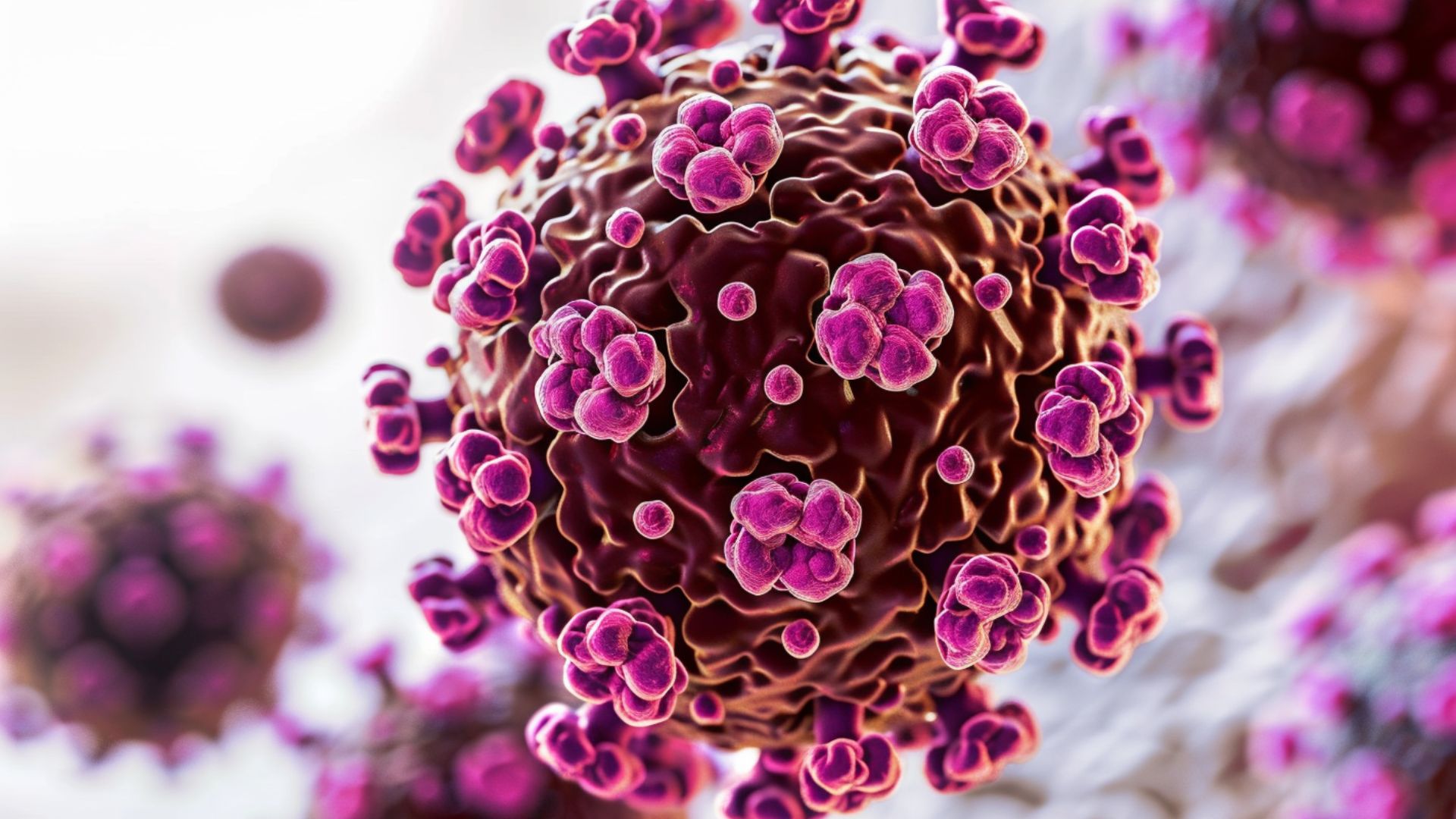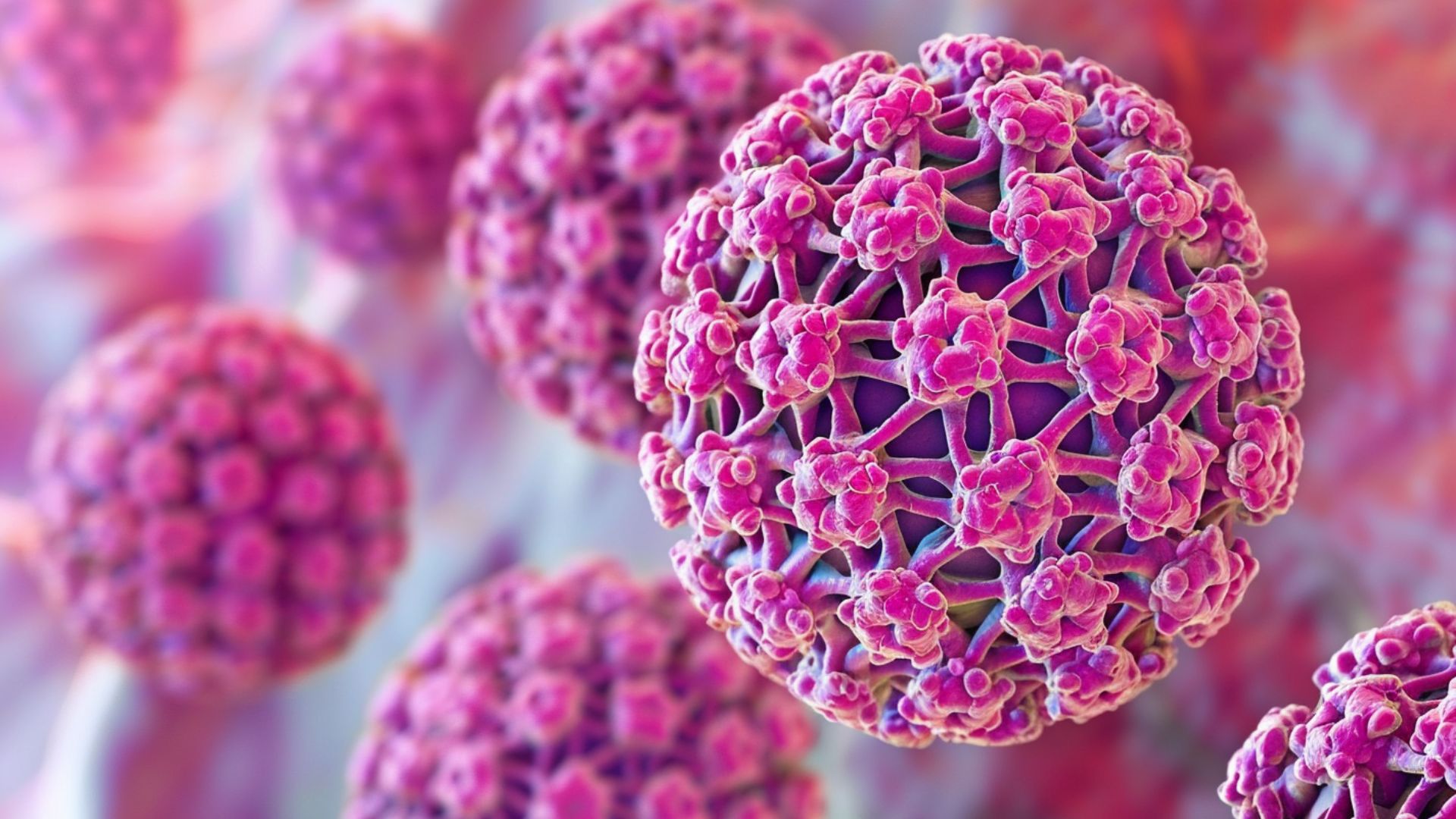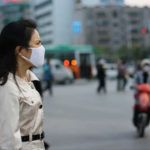HPV vs. HIV: What’s the Difference?

HPV (Human Papillomavirus): An extremely common sexually transmitted infection (STI) caused by a group of over 150 viruses. Certain HPV strains can cause genital warts and some cancers.
HIV (Human Immunodeficiency Virus): A virus that attacks the body’s immune system. Over time, HIV can lead to AIDS (Acquired Immunodeficiency Syndrome), a condition where the immune system is severely weakened.
Transmission
- HPV: Primarily transmitted through skin-to-skin contact during sexual activity, including vaginal, anal, and oral sex.
- HIV: Spread through bodily fluids like blood, semen, vaginal fluids, and breast milk. Sharing needles and having unprotected sex are major risk factors.
Health effects
- HPV: Most HPV infections go away on their own. However, some strains can cause genital warts and certain cancers, including cervical cancer.
- HIV: Weakens the immune system, making the body susceptible to various infections and illnesses. Early diagnosis and treatment can significantly improve life expectancy.
Common misconceptions
- HPV and HIV are the same: Not true! They are completely different viruses with distinct effects on the body.
- HPV always causes cancer: Most HPV infections clear up naturally. Only certain strains are linked to an increased risk of cancer.
- HIV is only transmitted through sex: While sexual contact is a major risk factor, HIV can also spread through shared needles and infected bodily fluids.
Getting protected
- HPV: Vaccination is highly effective in preventing infection with the most common cancer-causing strains.
- HIV: Practicing safe sex with condoms and using pre-exposure prophylaxis (PrEP) medication can significantly reduce the risk of contracting HIV.
Remember: Both HPV and HIV are manageable conditions. Regular screenings, safe sex practices, and following recommended vaccinations can significantly reduce your risk.
Also Read: Must Eat Raw Garlic
HPV vs. HIV: A Comprehensive Comparison
Transmission Risks
- HPV: Highly contagious, with most people getting it at some point in their lives if they are sexually active. However, many infections clear up on their own without causing any symptoms.
- HIV: Less contagious than HPV, but even a single exposure carries a risk of infection. Early diagnosis and treatment significantly reduce the risk of transmission to others.
Health Implications
HPV:
- Short-term: Most infections cause no symptoms. Some strains can lead to genital warts, which are typically benign but can be uncomfortable.
- Long-term: Certain HPV strains are linked to an increased risk of developing cervical cancer and other cancers like vulvar, vaginal, penile, anal, and some head and neck cancers. However, progression to cancer is a slow process, and regular screenings can help detect and treat precancerous cells early.
HIV:
- Short-term: After initial infection, some people may experience flu-like symptoms (fever, fatigue, swollen glands). This may go unnoticed and progress to a period without symptoms.
- Long-term: HIV gradually weakens the immune system, making the body susceptible to opportunistic infections and illnesses that a healthy immune system could normally fight off. Without treatment, HIV eventually leads to AIDS (Acquired Immunodeficiency Syndrome).
Treatment Options
HPV:
- There is no cure for HPV itself, but the body’s immune system often clears the infection naturally.
- Treatment options focus on managing symptoms:
- Genital warts can be removed with medication, freezing, or laser treatment.
- Regular Pap smears and HPV tests help detect precancerous cells, allowing for early intervention and treatment to prevent cancer development.
HIV:
- There is no cure for HIV, but highly effective antiretroviral therapy (ART) can suppress the virus to undetectable levels in the blood, significantly improving health and preventing transmission to others.
- Early diagnosis and starting treatment promptly are crucial for managing the virus and living a long, healthy life.
Vaccination is available for HPV to prevent infection with the most common cancer-causing strains.
Safe sex practices, including condoms, and pre-exposure prophylaxis (PrEP) medication can significantly reduce the risk of HIV infection.
Regular screenings and early diagnosis are essential for managing both HPV and HIV effectively.
Also Read: 9 Reasons You Must Add Fiber to Your Diet
Can HPV Turn into HIV?
There seems to be some confusion around HPV and HIV. Here’s a breakdown to clear the air:
Myth: HPV can turn into HIV.
Busted! HPV and HIV are completely different viruses with distinct characteristics:
Virus Type:
- HPV: Belongs to a large group of DNA viruses that cause skin and mucous membrane infections.
- HIV: An RNA virus that attacks the immune system.
Transmission:
- HPV: Primarily transmitted through skin-to-skin contact during sexual activity.
- HIV: Spread through bodily fluids like blood, semen, vaginal fluids, and breast milk.
Progression:
- HPV: Most infections clear up on their own. Certain strains can lead to genital warts or precancerous changes, but these are not stages of HIV infection.
- HIV: Weakens the immune system, making the body susceptible to various infections and illnesses.
So, why the confusion?
Here are some possible reasons:
- Both are sexually transmitted infections (STIs).
- Both can remain dormant in the body for a while before causing symptoms.
- People can have both HPV and HIV at the same time.
However, it’s important to remember:
- Having HPV does not increase your risk of contracting HIV, although some studies suggest a possible link needing further investigation.
- Conversely, having HIV can weaken your immune system, making you more susceptible to HPV infection and potentially experiencing more severe symptoms.
HPV and HIV are separate viruses with distinct properties. Vaccination and safe sex practices can significantly reduce the risk of both. Regular screenings are crucial for early detection and management of either condition.
Vaccines for HPV and HIV
While there’s no cure for HPV, and HIV requires ongoing treatment, both offer powerful prevention strategies through vaccination.
HPV Vaccines:
- Highly effective: Vaccines are available to protect against the most common HPV strains linked to cervical cancer and other cancers.
- Safe and recommended: Vaccination is recommended for both boys and girls at ages 11 or 12, but can be given up to age 26 for optimal protection.
- Schedule: Depending on age at first vaccination, the series requires either two or three doses.
Benefits of HPV Vaccination:
- Significantly reduces the risk of developing cervical cancer and other HPV-related cancers.
- Protects not only the person vaccinated but also their future partners by reducing the spread of HPV.
HIV Vaccine:
- Under development: While there is currently no licensed vaccine for HIV, extensive research is underway exploring various approaches.
- Promising progress: Several vaccine candidates are in different stages of clinical trials, offering hope for a future preventive tool.
Importance of Vaccination:
- HPV vaccines are a proven strategy to significantly reduce the burden of HPV-related cancers.
- HIV vaccines, when developed, will be a game-changer in preventing the spread of HIV and controlling the global pandemic.
Beyond Vaccination:
- Safe sex practices: Consistent and correct condom use remains crucial for preventing both HPV and HIV transmission.
- Regular screenings: Pap smears and HPV tests for women, and other recommended screenings depending on risk factors, are essential for early detection and treatment of HPV-related abnormalities.
- HIV testing and treatment: Early diagnosis and adherence to antiretroviral therapy (ART) for HIV can suppress the virus and prevent transmission to others.
Vaccination, combined with safe sex practices and regular screenings, is a powerful approach to preventing the spread of HPV and HIV and protecting your health.
Also Read: Basic Tips for Winter Skin Care
In Crux
HPV and HIV may be widespread, but they are not invincible. By arming ourselves with knowledge and taking proactive steps, we can significantly reduce the risk of infection and its consequences.
Understanding the differences between HPV and HIV, their transmission routes, and potential health effects empowers you to make informed decisions about your sexual health.
Vaccination against HPV, consistent condom use, and regular screenings are the cornerstones of prevention. Early detection allows for prompt intervention and management, significantly improving outcomes.
Healthcare professionals are there to answer your questions, provide guidance, and ensure your sexual health. Don’t hesitate to seek medical advice and take charge of your well-being.
By working together, through education, prevention, and early detection, we can build a healthier future, free from the burden of HPV and HIV.
How much did you like Our detailed HPV vs. HIV: What’s the Difference?? Please share your view in the comment box. Also, please share these Blogs with your friends on social media.
Recommended











